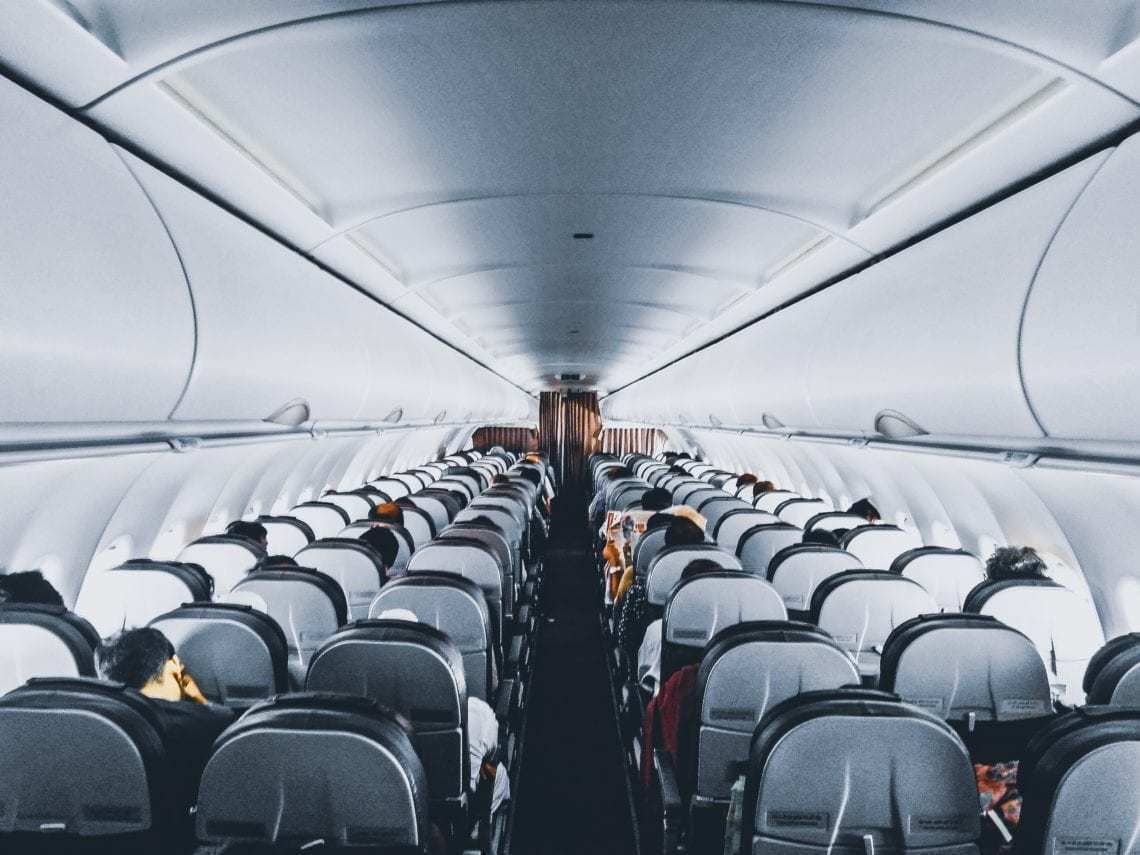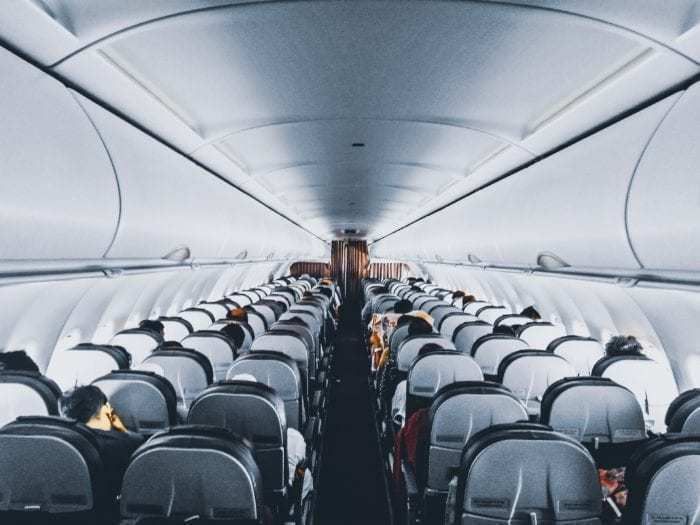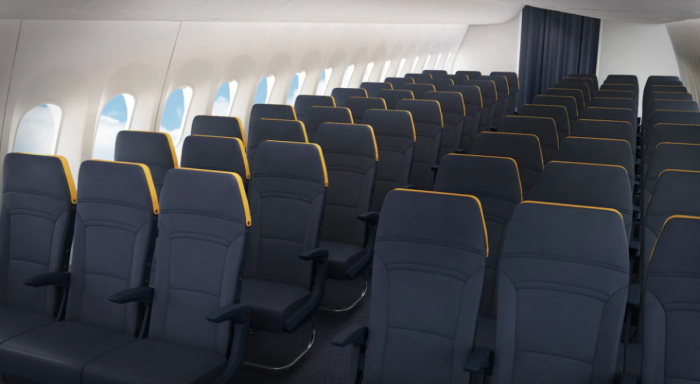The FAA is about to begin tests in November to see if passengers can stomach smaller seats, potentially pushing minimum cabin pitches below 29 inches. The safety tests, designed to see if aircraft can be evacuated safety even with tight configurations, might either help or hinder airlines looking to densify their aircraft.
What are the details?
According to CNN, the FAA will be running some tests in November this year to see if aircraft can still be evacuated safety with a variety of different cabin configurations. The tests, involving up to 720 individuals when examining very dense configurations (imagine an entire Boeing 747 at its exit limit of 600 or so passengers plus crew) will take place over twelve days.
"By the end of this year, the FAA plans to conclude evacuation testing to determine what, if any, regulatory changes are necessary to implement the requirement. The testing will take place ... using a cabin simulator that is capable of testing multiple configurations," the FAA said in a statement to CNN.
By law, an aircraft that carries more than 44 passengers must be able to evacuate in 90 seconds (1:30).
What is the test hoping to prove?
The outcome of these tests is to see if the airlines need to conform with new FAA principles to ensure a safe evacuation. If the tests prove that a smaller configuration is still safe, then likely airlines will be given the green light to look at... minimizing footwell space.
Conversely, if the test proves that smaller seat pitches don't allow for quick evacuations, then airlines who operate such dense seat layouts (like Frontier with their 28-29 inches per economy seat) will be forced to change their passenger experience for the better.
Part of this test is also to take into account the changing... face of northern American travelers. Obesity is on the rise in these regions (up 9% according to this data from the US government) and aircraft seats need to be able to accommodate the average traveler.
"Seat size, dimensions between seats, exits -- I'm not sure that the models that are being used, to be honest with you, really reflect current air travelers. Certainly not in the United States or North America." - Rep. Paul Mitchell, a Republican congressman from Michigan, who is supporting the investigation speaking in the same CNN report.
Who currently flies with the smallest seats?
As we mentioned above, Frontier currently carries the trophy in the USA with the worst legroom in the region as low as 28 inches of pitch. They are joined by Spirit, Thai Airways short-haul, the recent bankrupt Thomas Cook, Iberia's short-haul and LATAM's local Brazilian fleet.
American Airways has looked at making their Boeing 737 MAX fleet with 29 inches of pitch, but passengers won't experience that as the aircraft are still grounded for now.
You will notice that the above list is only for short-haul aircraft. Unfortunately, there are a few long-haul airlines out there than cheeky joined the sub-30 inch club a while ago.
According to Trip Savvy, these include China Southern, which operates 29 inches of pitch on their A330-200 fleet, Virgin Atlantic who has 29 inches on their A330-300 as well as Fiji Airways operating 29 inches across the Pacific in their Boeing 737-700.
Simple Flying will be standing by to publish the findings of the results in November.
Do you think you could evacuate a plane in 90 seconds? Let us know in the comments what you think.




